
01 POWER ISLAND / 04 CO2 capture / Compostilla-project-OXYCFB300-FEED-report
.pdf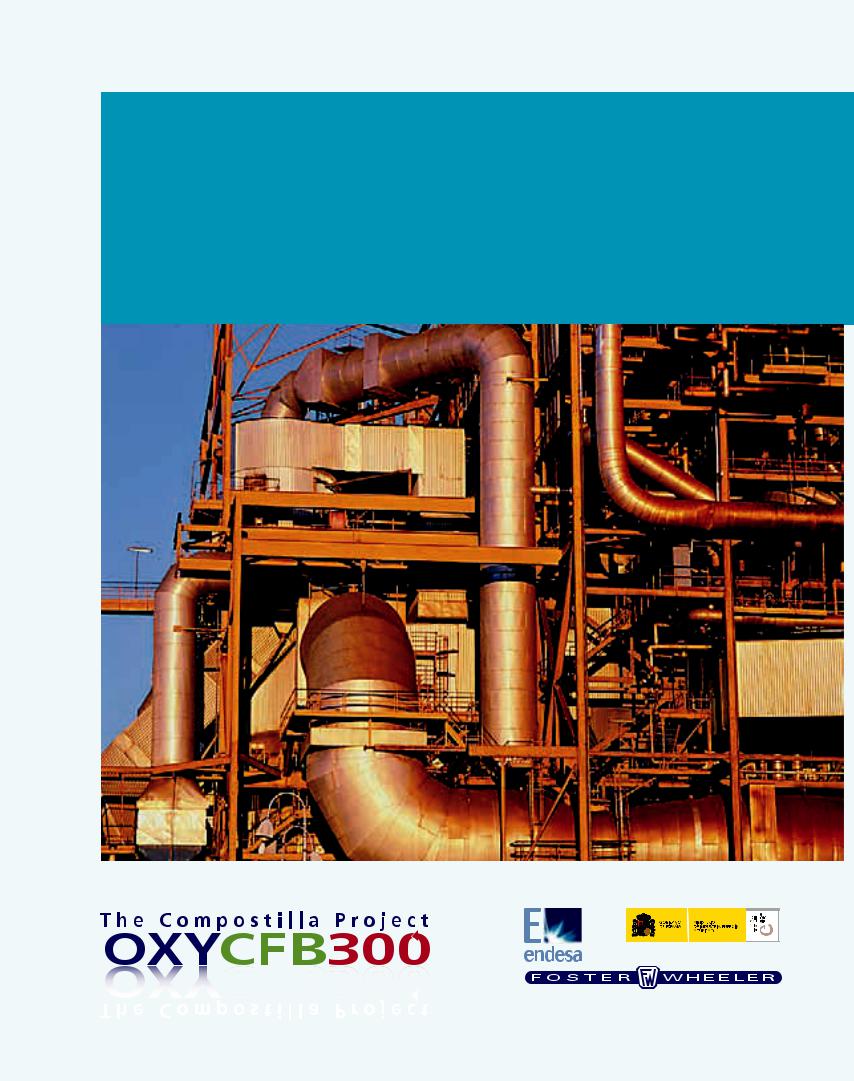
Access to and use of the information ¡n this document ¡s subject to the terms of the important notice at the front of the document

10
Final Conclusions
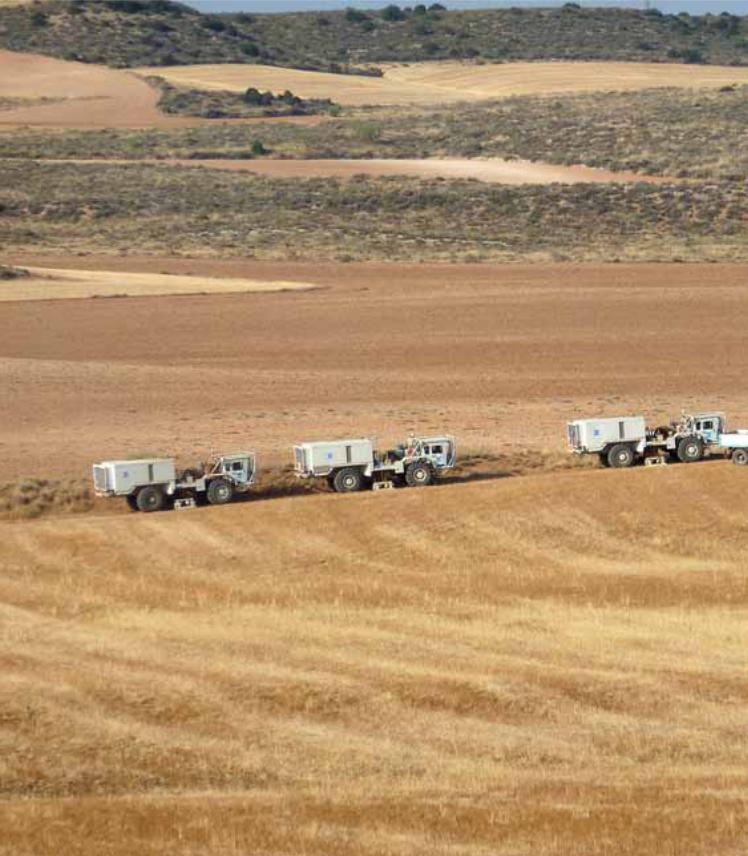
122 | |
OXYCFB300 COMPOSTILLA. CARBON CAPTURE AND STORAGE DEMOSTRATION PROJECT |
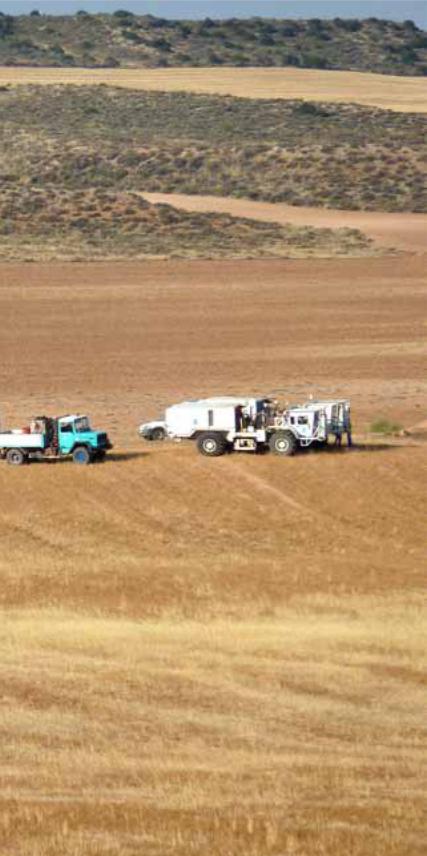
CHAPTER 10. OXYCFB300 FEED FINAL CONCLUSIONS |
| 123 |
The present report summarizes all the engineering studies and considerations developed during the three-year FEED phase of the OXYCFB300 Compostilla Project. From the original conceptual idea, FEED engineering works have yielded a functional and technically feasible power plant, which successfully integrates oxycombustion technology with a state-of-the-art ultrasupercritical regenerative power cycle and with a CO2 purification and compression with an innovative process, integrated with a transport line that conducts the CO2 at dense phase to the final CO2 geologic sequestration site. Nevertheless, some technical risks are still relevant.
FEED study results confirm compliance with initial design criteria: Minimum power production levels are reached without significant issues in both, air-operation and oxy-operation.
A minimum recovery rate of 91% of incoming mass flow of CO2 shall be achieved in accordance with European Union guide lines. The CFB boiler is capable of continuous oxycombustion operation between its technical minimum load (40%MCR) and the maximum load (100% or MCR). It is also fully flexible in the type of fuel to burn and in the operation mode. All different fuels and fuel blends specified can be continuously burnt without slagging or overloading any equipment and there is no need to stop the boiler to shift from air-operation to oxy-operation.
All package plants comply with the defined minimum load change rate of 3%MCR·min-1.
All package plants and all different individual equipments comply with the specified operational life of 25 years. None of the equipment suppliers inquired has presented any deviation on the subject.
Different package plants are perfectly capable of continuously working in an integrated way the ones with the others. No large storages are strictly necessary (even if a certain oxygen storage is considered for operation optimization).
The power plant fits in the available space (there is no strict need to enlarge current layout).
No large interference with Compostilla-site existing power plants exists. The installation of the new OXYCFB300 plant will not interfere with their day-to-day operation.
The project complies with all Spanish applicable environmental legislation, irrespective of the mode of operation (air / oxy). Proof is that plant Environmental Impact Study has been prepared and submitted to Spanish Government for approval. Process is ongoing at the date of issuance of the present document. Exception to this affirmation is the fact that no Spanish (or European) directive establishing emission limits for oxycombustion operation power plants currently exists.
The commissioning and testing of the CIUDEN TDP operating experience must be considered during OXYCFB300 Compostilla Project detail engineering, implementing all the required design modifications following operational troubles experienced in CIUDEN TDP.
Regarding implementation of Phase II, a clear structure of workpackages for the construction of the three main facilities of the demo plant (capture, transport and storage) has been defined.
124 | |
OXYCFB300 COMPOSTILLA. CARBON CAPTURE AND STORAGE DEMOSTRATION PROJECT |
Based on both Request for Quotations and market analysis performed during FEED, prequalified suppliers are deemed fully capable of successfully delivering all the equipment and services required for the Phase II. However, the number of feasible suppliers for some specific packages is reduced, and therefore success is highly dependant to them.
The forecasted period for the Phase II is 56 months. Based on the construction studies performed, the schedule for the demo plant construction is estimated in 50 months, from the award of manufacturing of the main packages to the end of commissioning of the plant, ready to start the demonstration period. Prior to the construction, additional 6 months are needed to perform contract management, engineering development and to straighten relationships with suppliers. The critical path goes through the construction of the capture plant.
The CO2-pipeline route, selected among the three possible routes presented in the Basic Project, is the most economically and environmentally feasible.
After the material studies performed, steel grade X-70 for the pipeline and Nitrile (NBR) or EPDM elastomers as sealing materials are suitable for the pipeline construction under the specifications required, and fully capable of withstanding corrosion in the range of impurities designed for the dense-phase CO2 to be transported.
The CO2-pipeline hydraulic calculations performed with the selected layout and pipeline material determine 14” as the optimal diameter. These dynamic calculations guarantee a dense phase CO2 injection, considering the minimum pressure plant output.
The installation of 8 sectional (isolation) valves stations along the CO2-pipeline allows minimize potential risk that a pipeline break or fault could result in goods, services and people. The sectional valves location has been selected in order to avoid urban centre and high population density areas, as well as motorways, roads, railways or pathway with high traffic of vehicle of persons.
CO2-pipeline design has been focussed on maintaining the installation integrity as well as the continuity of CO2 transport and injection into injection wells. To this purpose, CO2-pipeline is provided with a security system that protects installations, detects anomalous operating situations and allows fast action in case of incidents.
CO2 in dense phase will be injected into the geologic sequestration site through a maximum of 9 injection wells, with a design flow rate of 8 kg/s of CO2 at 115 barg, and through 6” diameter pipelines, manufactured with the same material as main CO2- pipeline (API 5L Gr. X-70).
The selection of a serial well injection network is optimal compared with a branched network (with manifolds), minimizing the amount of piping required and generating minimum ground affection.
Injection wells will have all the instrumentation required to ensure safe operation. In this respect, each injection well is equipped, besides the required devices for proper operation (temperature, pressure and density devices, flow meters, control valves, etc), safety devices as motor operated valves actuators, CO2 and H2S detectors and intrusion detection alarms.
Scraper traps installed at CO2-pipeline make possible cleaning and inspection test inside the duct.
A Dynamic Model and Geomechanical approach was taken in which different scenarios were simulated to select to most suitable one for the OXY Storage Project.
Five appraisal wells; SD-1, SD-2, SD-3, SD-4 and SDE-3 were drilled to acquire data in the Duero Basin. The dynamic data collected includes permeability, pressure, temperature gradient, water properties, rock compaction, capillary pressure, and relative permeability. CO2 solubility data was also acquired to estimate the dissolution trapping.
The Utrillas formation has good storage properties and appears to have a good injectivity. A high injection rate was maintained in SD-3 DST-1
The Boñar formation appears to have a very low permeability and does not seem to have a sufficient injectivity to accommodate a commercial injection target. It could, help containment by trapping the CO2 injected into the Utrillas, acting similarly to an additional seal.
The Garumn does have the potential to act as the primary seal; it consists mainly of massive claystones with low permeability and high pore entry pressure.
The Tertiary could act as a secondary seal. It consists of shaly sandstones with very low permeability.
The pressure gradient acquired in the Utrillas and the Boñar are close to a hydrostatic gradient, which is in line with the formation water density. However, both formations are underpressured, by 9 and 5 bar at 1000 mSS, respectively.
The different pressure regime between the two formations could indicate that there is some level of discontinuity (partially or entirely) between the Utrillas and the Boñar.
High irreducible water saturation and low residual CO2 saturation were identified during the core flood experiments.
The dynamic model of the Duero syncline was constructed using the appraisal data. This model was used as a means of technical performance evaluation where injectivity, storage capacity, and containment were defined. A compositional simulator with Peng Robinson EOS was used to model the CO2 injection stream properties.
Evaluation of the capacity and injectivity has been performed for the Duero Site. The targeted storage formation is the Utrillas reservoir, which appraisal data indicates a good porosity and permeability.
The well injectivity and well counts are not constrained by the reservoir; they are constrained by the tubing deliverability. Erosional velocity in the tubing has been the main limiting factor.
WTHP tends to be relatively low as the reservoir was under pressured and has high injectivity. It is thus a challenge to maintain the WTHP above the bubble point and avoid multiphase flow. This implies that perforation length should be minimized, and temporarily operating with two wells (instead of three) might be required after a long shut-in or when the WTHP decreases for any other reason (decrease in WHT, etc).
The cumulative CO2 injection estimation is associated to uncertainties on the horizontal permeability, Should the horizontal per-
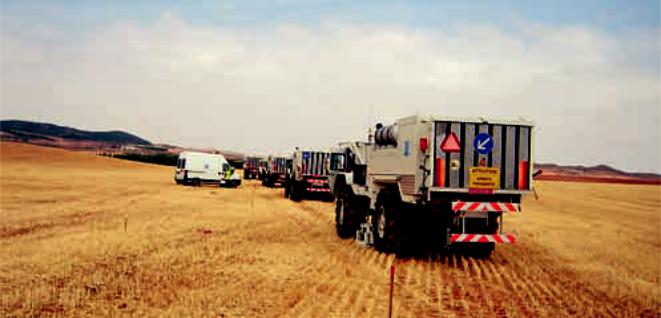
CHAPTER 10. OXYCFB300 FEED FINAL CONCLUSIONS |
| 125 |
meability be lower than the base case, more perforations should be added, and if this is not sufficient to achieve the injection target, one additional injector might be required.
The injection pressure estimation is associated to uncertainties on the horizontal permeability, relative permeability, skin, and WHT. Again, should the WTHP goes below the bubble point, one of the wells should be shut in and injection should be performed with two wells to increase the injection pressure and avoid a two phase flow.
The plume extent stabilizes after 1000 years, leaving a very slow plume migration rate (15 cm/year in average). The dissolution appears to be the main trapping mechanism; 80% of the total injected CO2 will dissolved 7500 years after the injection finishes. 15% of the injected CO2 will be trapped as residual gas saturation. The plume extent might vary with the variation in absolute permeability, relative permeability, irreducible water saturations, and the fault sealing capacity. Within the range of uncertainty in this study, however, the plume extent appears to stay within the storage complex constraints, outside the zone where the salinity is less than 5000 ppm and where the top Boñar is less than 800 m below ground level.
Base on the Duero Site Engineering results, the selected site has got a capacity, injectivity, and containment able for storing the CO2 during the cycle life of OXYCFB300 project.
Even if OXYCFB300 Compostilla Project FEED phase has been satisfactorily concluded in all engineering disciplines further work is still ahead. A very detailed power plant concept has emerged from the FEED phase (including capture, transport and storage projects); however plant detailed engineering must include some optimization work, looking for better efficiency and engineering designs that further improve interactions between the different package plants.
It can be finally concluded then that, regarding the technical aspects of the Project, the Compostilla OXY-CFB-300 plant can be considered feasible although some technical risks are still relevant. Main concerns are related to the integration between ASU, Boiler and CPU.
The plant efficiency (33,32%) is conditioned by the limited operation flexibility. Additionally, considering that the OXY-CFB-300 is a “First of a Kind” concept, there is a considerable risk of performance reduction over time. From a competitive point of view, the next series of commercial power plants will cannibalize this demo plant through the knowledge sharing programmes. It shortens the useful lifetime of this plant (25 years vs 40 years).
The capture plant scheme seems to be robust and reliable, nevertheless plant flexibility is reduced. Base load operation is required to avoid further reductions of efficiency. This fact limits the successful entry of the plant to the electricity markets. On the other hand, fuel flexibility is an advantage for future market price volatility and the capability to burn a significant amount of biomass is an additional advantage.
Regarding the CO2 transport, there are minor concerns related only to possible pipeline local corrosion for off-design operations. The proposed CO2 Transport solution is based on a mature technology and seems to be feasible.
CO2 storage in the Duero site seems to be technically feasible. The Duero site has the required capacity to store the total amount of the CO2 produced in the lifetime of the OXY-CFB-300 under safe conditions. Risks related to the storage are considered low, although malfunction of the injection area selected could have a notable impact on the Project execution and subsequent operation.
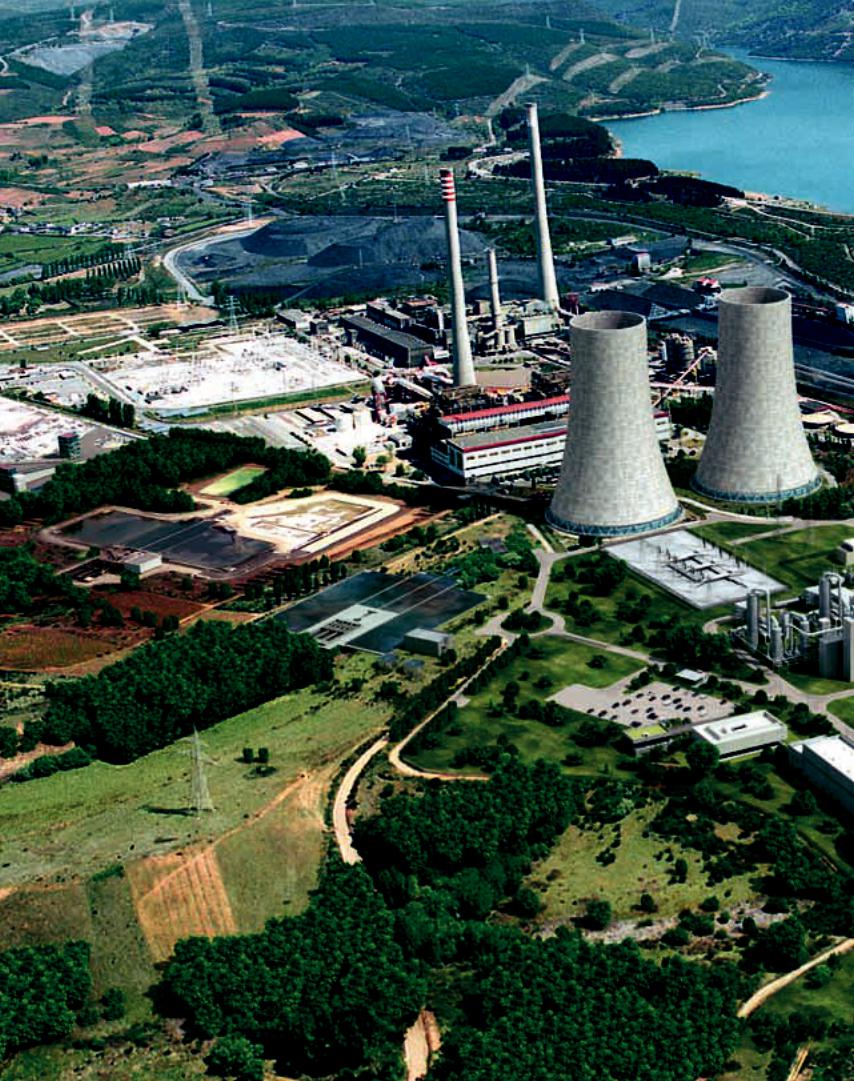
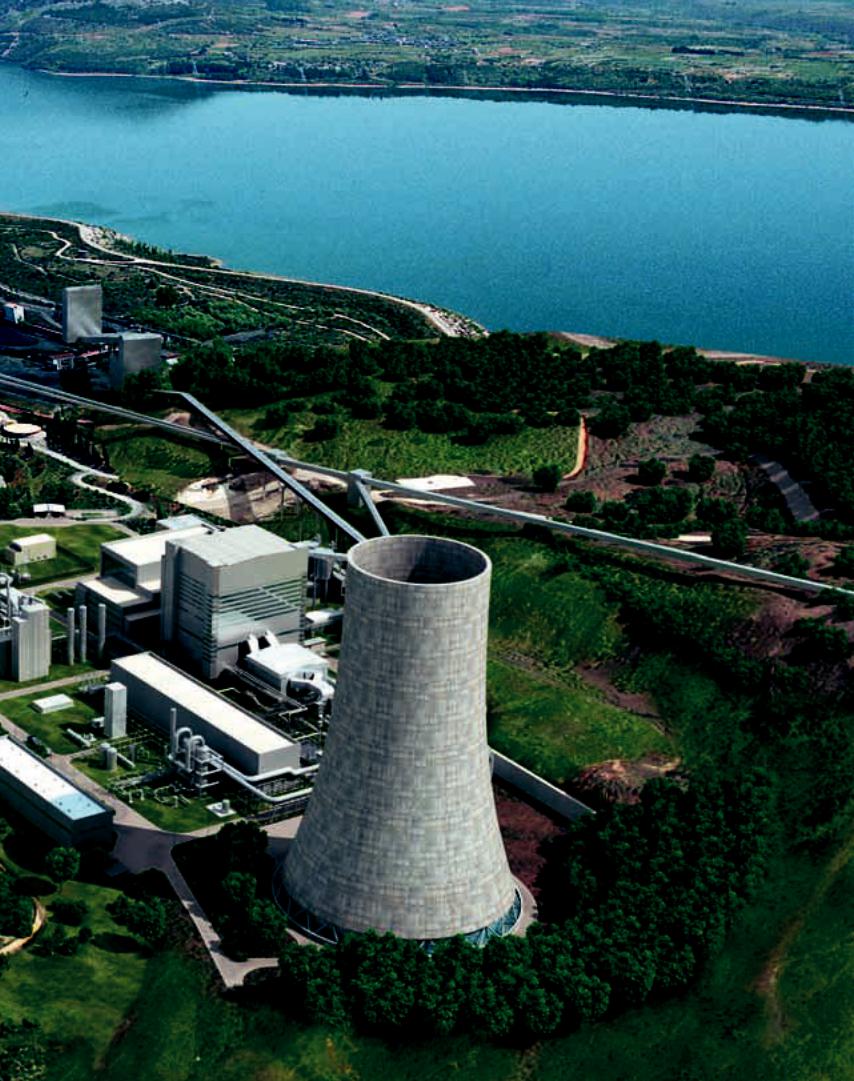
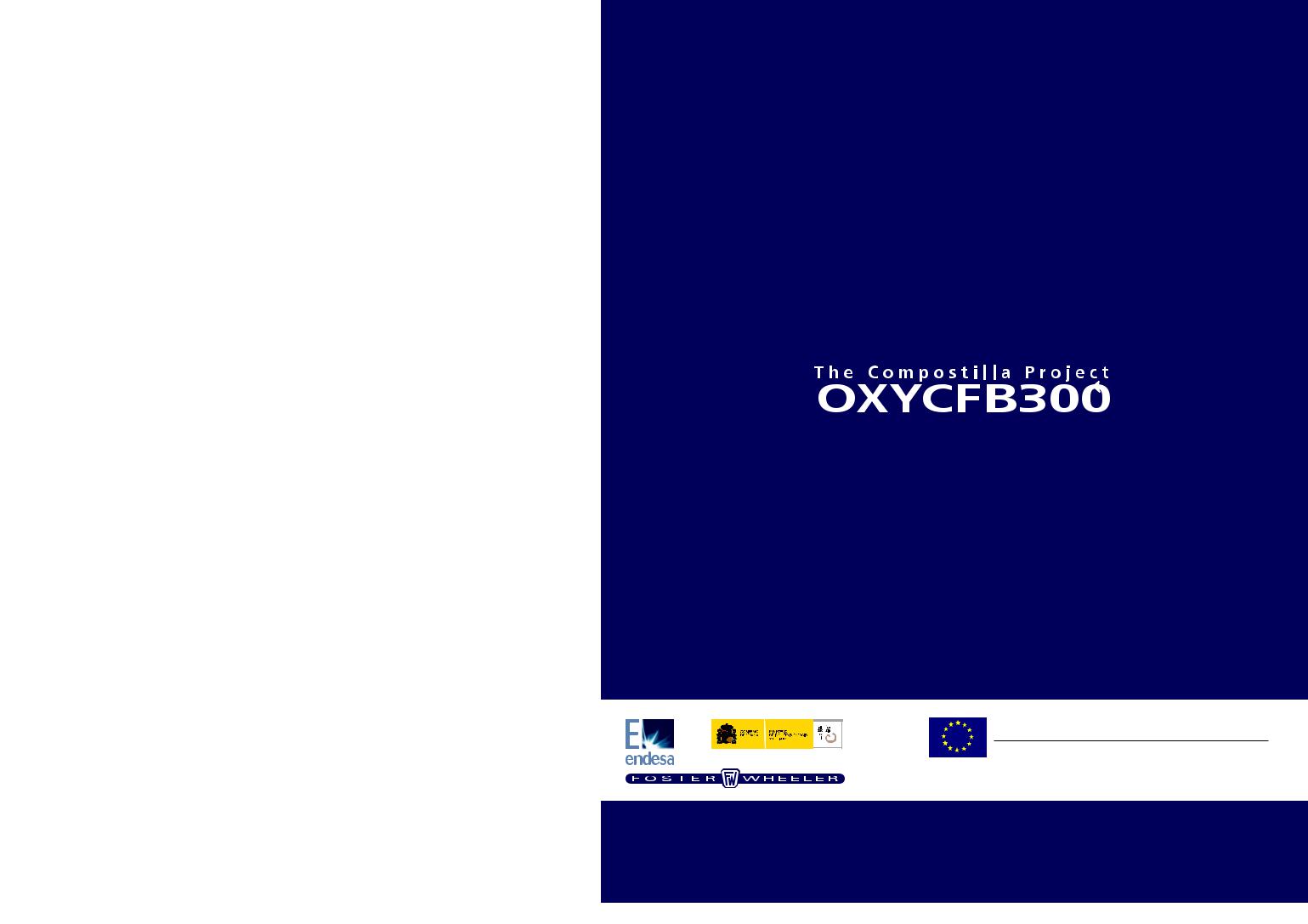
Co-financed by the European Union
European Energy Programme for Recovery
